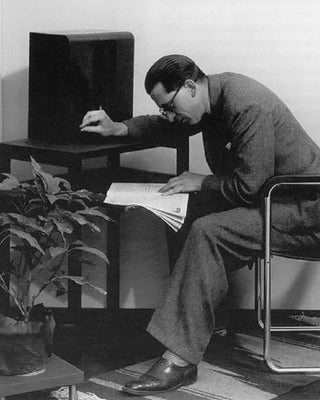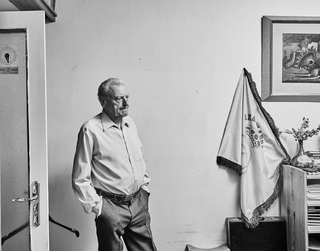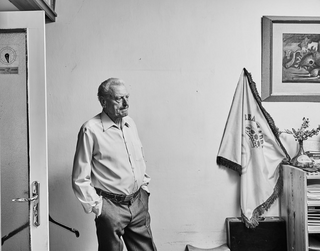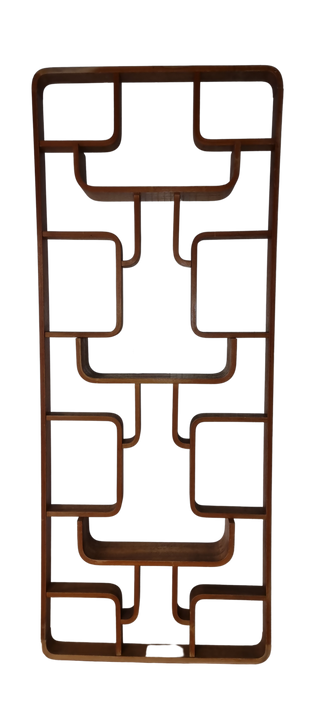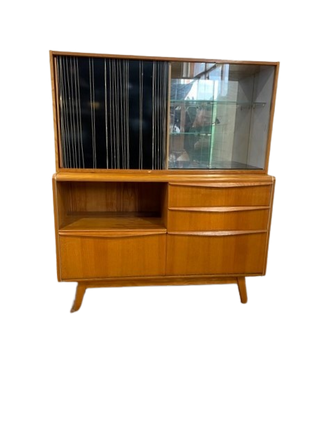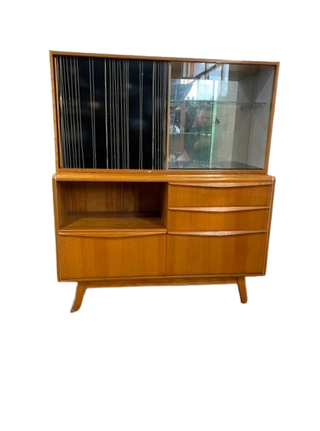**Czech Furniture Design: 1930s to 1970s**
Between the 1930s and 1970s, the world witnessed transformative shifts in design, architecture, and art, and Central Europe, particularly Czechoslovakia, played a pivotal role in this evolution. Czech furniture design from this era seamlessly integrated function with an aesthetic finesse, blending the sleek minimalism of Modernist styles with the warmth of traditional craftsmanship.
Amidst the sociopolitical fluctuations of the 20th century, Czech designers emerged with innovative, forward-thinking ideas that influenced the global design landscape. They skillfully juxtaposed materials like wood, metal, and glass, resulting in timeless pieces that resonated with both utility and elegance. Notable designers like Jindřich Halabala, Miroslav Navrátil, and Karel Kozelka were among the vanguards who defied conventions and redefined furniture design.
For those seeking to infuse their spaces with a touch of history, nostalgia, and undying style, our shop, "Really Old Shit," offers a curated collection of authentic Czech furniture from this golden era. Whether you're a connoisseur of vintage designs or someone looking to add a unique story to your living space, our pieces promise not just quality but also a journey through time. Dive into the world of Czech design and discover the magic of a bygone era with us!


Miroslav Navratil
**Miroslav Navratil: The Visionary Designer Now Available at "Really Old Shit"**
In the realm of avant-garde furniture design, few names resonate with the eclectic charm and innovative vision as Miroslav Navratil. Over the years, his creations have graced countless homes, galleries, and design expos, challenging conventions and continuously reinventing the very idea of what furniture could be. His work, characterized by a fusion of both traditional craftsmanship and futuristic insights, has been described by many as "timeless" — an apt description that makes his presence at "Really Old Shit" all the more fitting.
"Really Old Shit", a haven for the old, the unique, and the exquisitely rare, is no stranger to housing pieces that defy the status quo. Nestled amidst an array of antiques and historical curios, Navratil’s creations shine as a testament to the cyclical nature of design trends, proving that what's innovative today could be a cherished relic tomorrow.
Each of Navratil's pieces tells a story. Whether it's the intricate details, the juxtaposition of materials, or the overall form, there's always an underlying narrative. In fact, Navratil often said that he doesn't just create furniture, but rather, he "sculpts stories for people to inhabit." And now, these stories have found a new home.
Visitors to "Really Old Shit" can expect an immersive experience, almost like walking through the annals of design history. In one corner, you might find a Victorian-era chaise lounge, rich with ornate woodwork and plush upholstery. Turn around, and you'll be greeted by Navratil's sleek, minimalist chair that seems to defy gravity with its design. The contrast is stark, yet the two pieces share an undeniable connection: a testament to the artistry of their creators and their dedication to pushing the boundaries of design.
In many ways, having Navratil's works at "Really Old Shit" is a celebration of design's continuum. While the shop name might jestingly suggest a disregard for the past, in truth, it is a homage to everything that has shaped the world of art and design.
Those in search of a piece of Navratil's genius are encouraged to visit the shop soon. Given the designer's acclaimed status and the rarity of some of his creations, these pieces are sure to be sought after by collectors, design enthusiasts, and anyone with an eye for the extraordinary.
As the old adage goes, "Everything old is new again." In the case of Miroslav Navratil's designs at "Really Old Shit", this couldn't be truer. Whether you're a long-time admirer of Navratil's work or just discovering his genius, there's no better place to dive deep into his design legacy.

